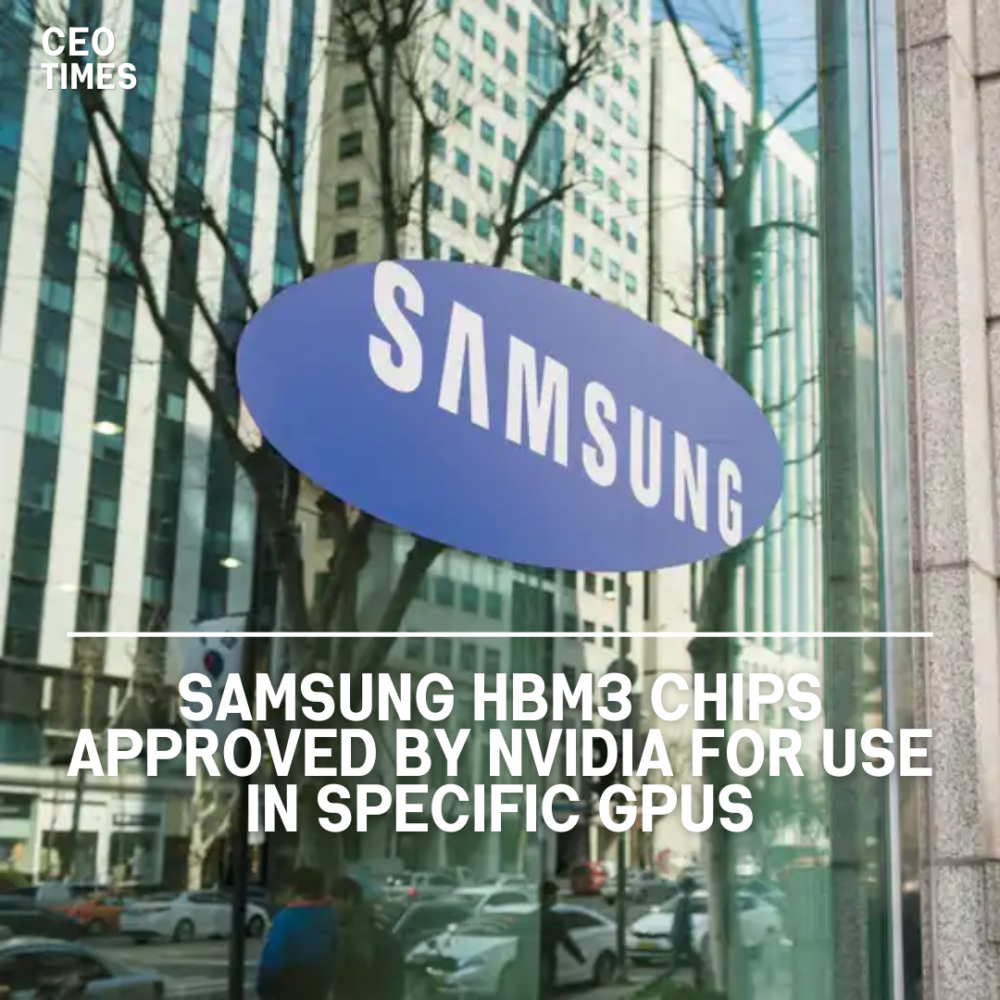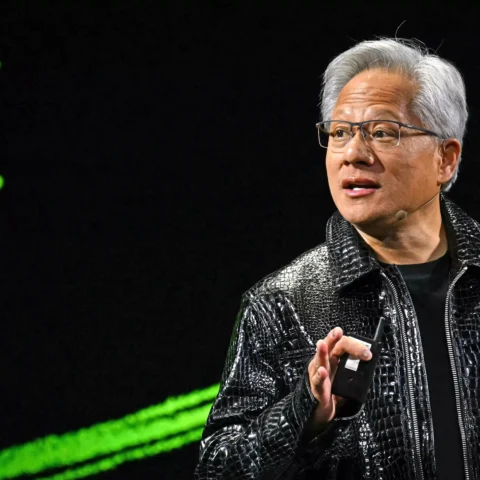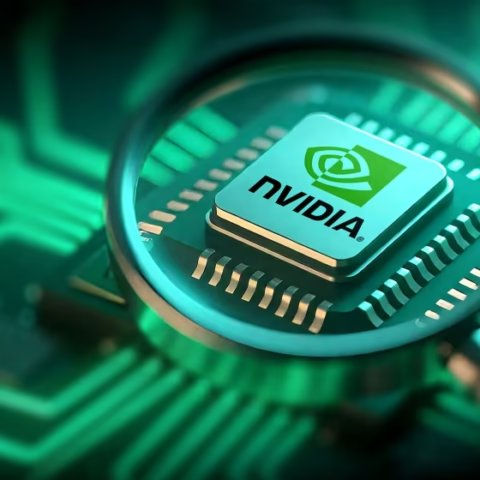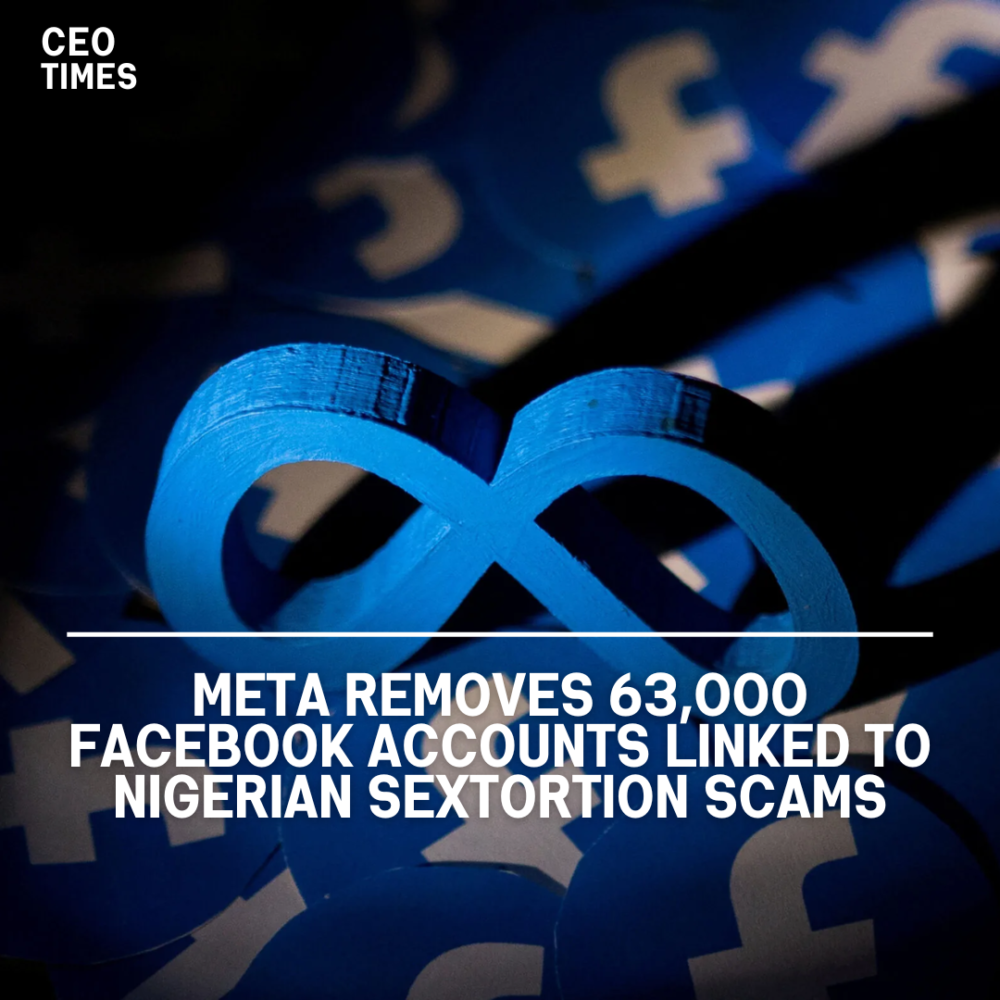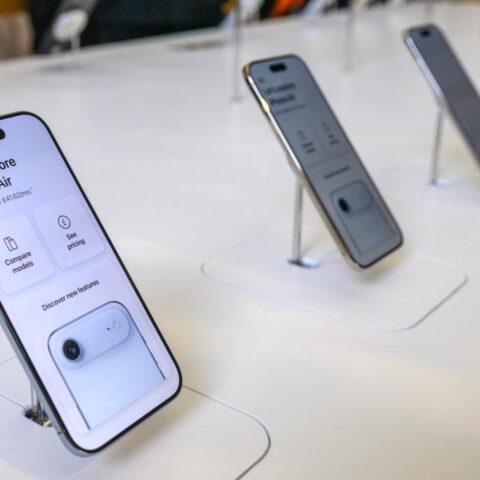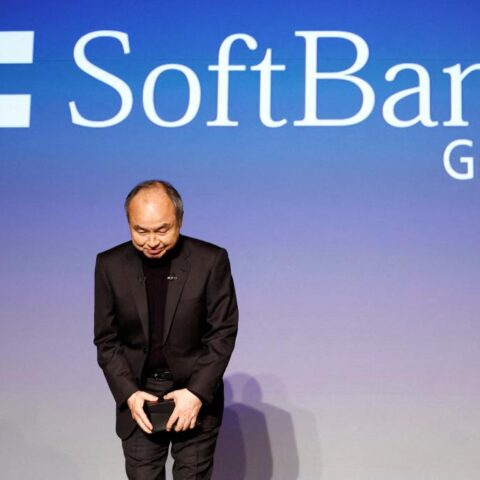According to three people briefed on the matter, Samsung Electronics’ fourth-generation high-bandwidth memory (HBM3) chips have received approval from Nvidia for use in its processors.
However, this approval is somewhat limited. Samsung’s HBM3 chips will initially only be used in the H20, a less sophisticated Nvidia graphics processing unit (GPU) developed specifically for the Chinese market to comply with U.S. export controls.
Uncertain Future for Broader Use and Further Testing:
It remains unclear whether Nvidia will utilize Samsung’s HBM3 chips in other AI processors or if they need additional testing.
The sources also noted that Samsung has not yet met Nvidia’s standards for the next-generation HBM3E chips, and testing for these chips is ongoing. Both Nvidia and Samsung declined to comment on the matter.
Importance of HBM in AI and Market Dynamics:
High Bandwidth Memory (HBM) is a dynamic random access memory (DRAM) type that stacks chips vertically to save space and reduce power consumption. This technology, first produced in 2013, is crucial for GPUs used in artificial intelligence (AI), as it helps process large volumes of data generated by complex applications.
Nvidia’s approval of Samsung’s HBM3 chips comes amidst soaring demand for sophisticated GPUs driven by the generative AI boom, which companies like Nvidia are struggling to meet. With only three main manufacturers of HBM—SK Hynix, Micron, and Samsung—the supply of HBM3 is limited. Nvidia is eager for Samsung to meet its standards and diversify its supplier base.
Competition and Production Challenges:
As SK Hynix, the leading manufacturer in the field, plans to shift more of its production from HBM3 to the next-generation HBM3E, Nvidia’s need for additional sources of HBM3 is expected to grow.
Samsung, the world’s largest memory chip maker, has been working to pass Nvidia’s tests for both HBM3 and HBM3E since last year.
However, as reported by Reuters in May, Samsung has faced challenges related to heat and power consumption. Samsung denied these claims, stating that reports of failing Nvidia’s tests due to these issues were inaccurate.









